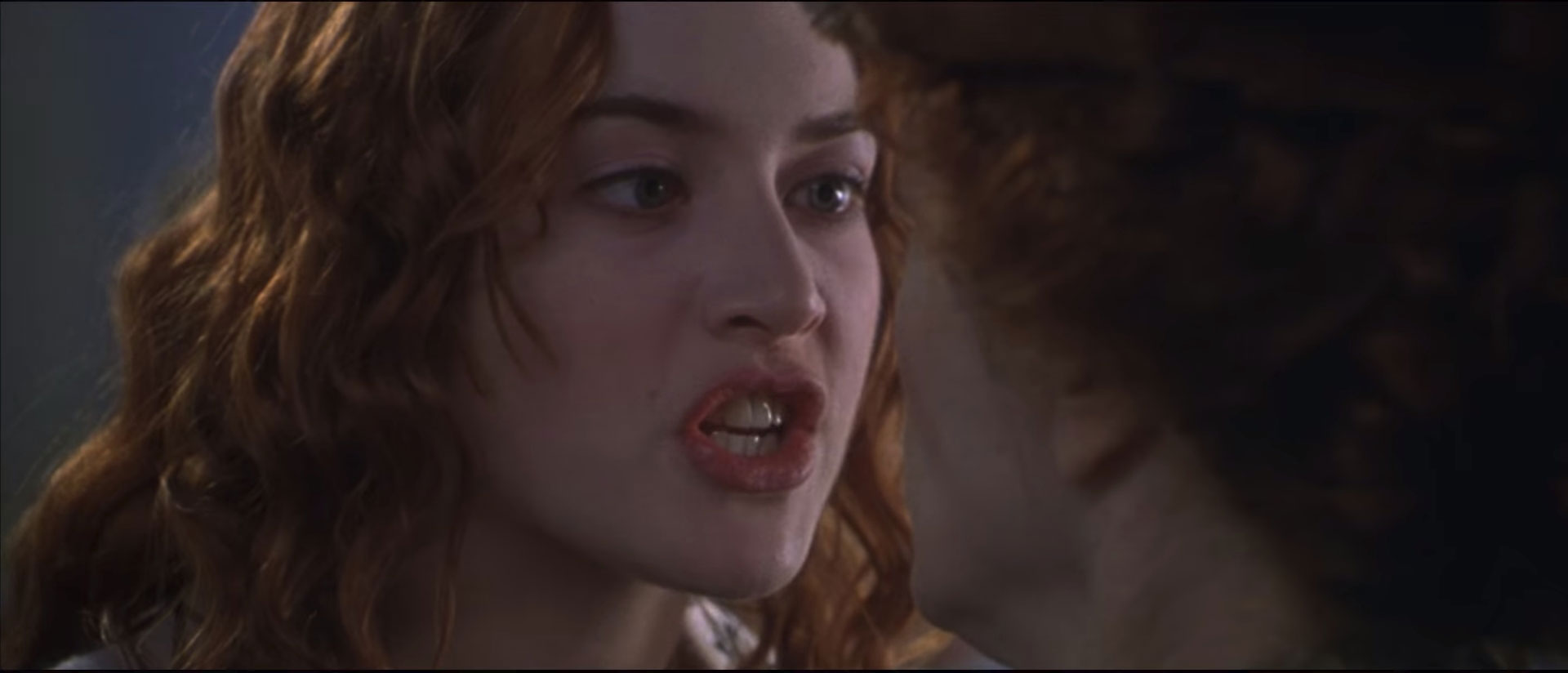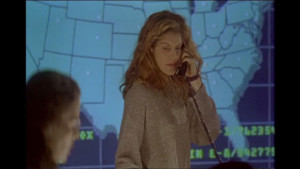
Disaster Movies
Disaster movies are a thrilling film genre that centers on large-scale catastrophes—natural or man-made—that threaten human life on a massive scale. These films are known for high-stakes tension, dramatic visuals, and ensemble casts, often following multiple storylines as characters struggle to survive against overwhelming odds.
The genre gained popularity in the 1970s with classics like The Poseidon Adventure (a capsized cruise ship), Earthquake, and The Towering Inferno. These films combined cutting-edge special effects with emotional human drama, creating a formula that many later entries would follow: an ordinary day turned catastrophic, heroic efforts to save others, and a message about human resilience or hubris.
One of the most influential modern disaster films is Titanic (1997), which mixes a historical tragedy with a personal love story. It became a global phenomenon and one of the highest-grossing films of all time. Similarly, Twister, Armageddon, and Deep Impact captured audiences with their portrayals of extreme weather and apocalyptic scenarios.
More recent entries include The Day After Tomorrow, which imagines a sudden climate shift, and 2012, a globe-spanning tale of destruction inspired by end-of-the-world myths. These films often combine CGI spectacle with themes of environmental warning, human error, or survival.
Disaster movies frequently feature scientists, first responders, or unlikely heroes who must act fast to avert catastrophe. At the same time, the genre allows for emotional arcs, as characters face loss, courage, and sacrifice in the face of chaos.
At their core, disaster movies tap into primal fears—nature’s power, human vulnerability, and the fragility of civilization. But they also celebrate the human spirit, cooperation, and determination. Whether grounded in realism or pure Hollywood spectacle, disaster films offer gripping, edge-of-your-seat entertainment with a dose of cautionary reflection.

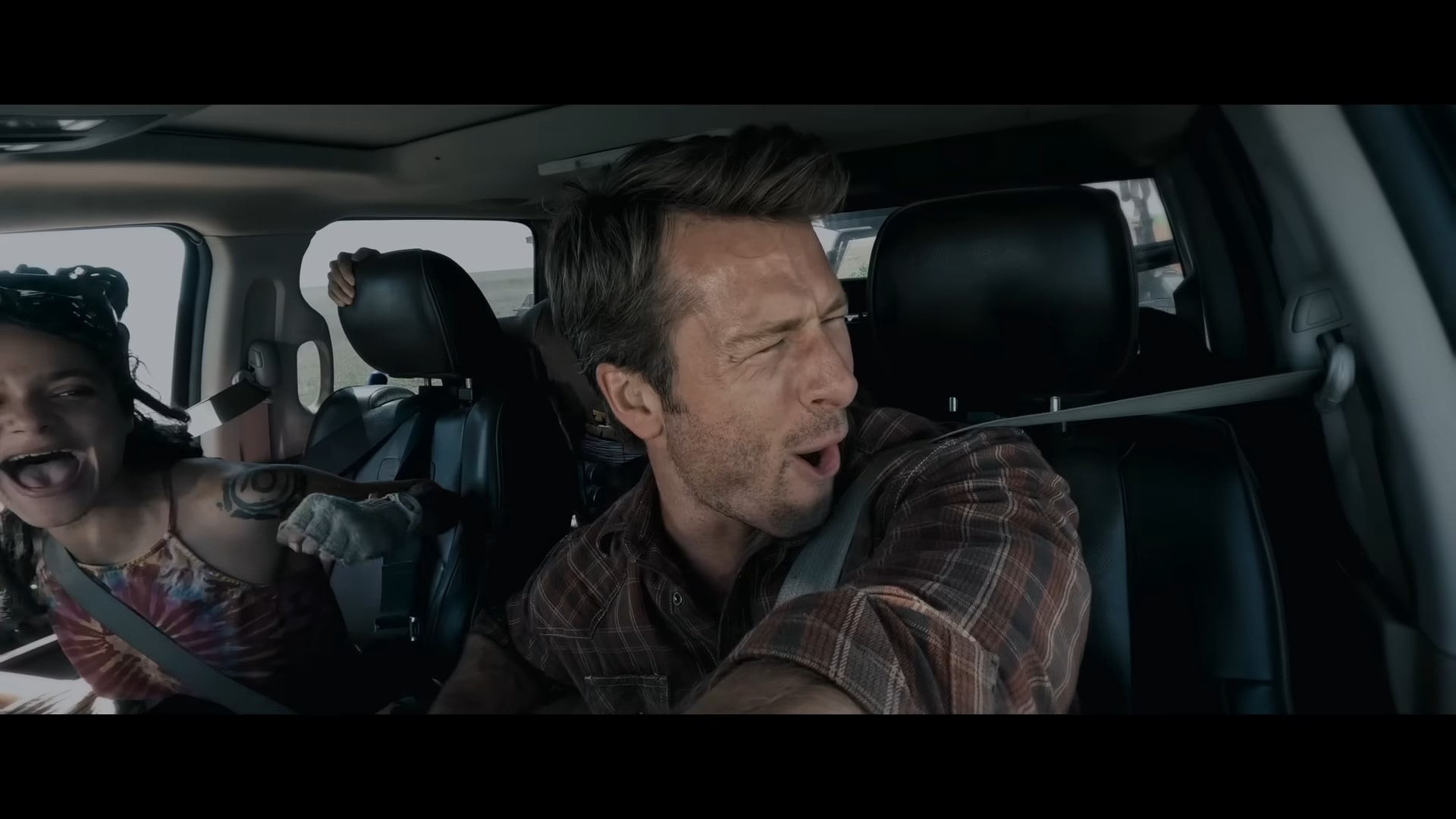
Twisters
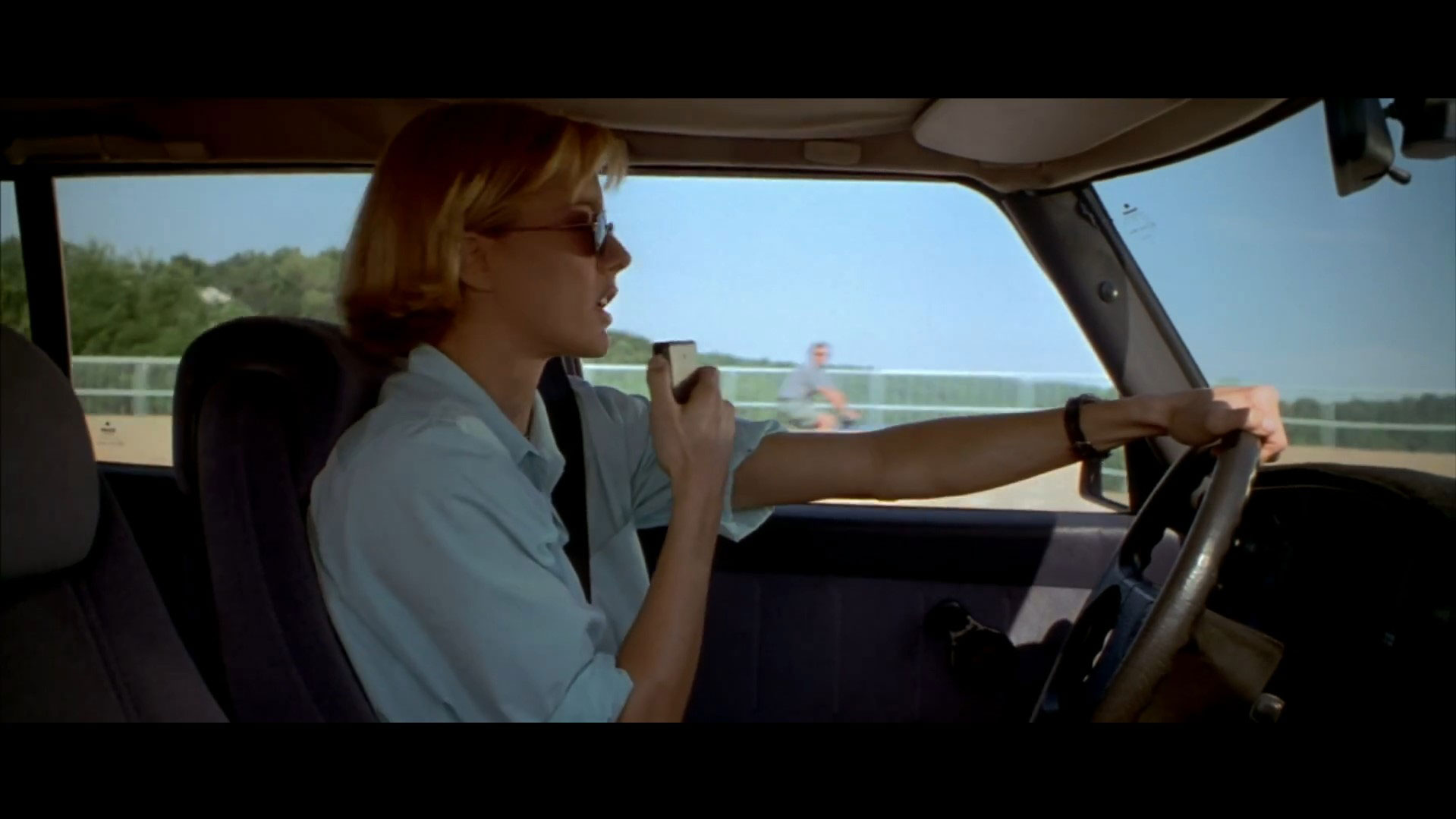
Deep Impact

Airport
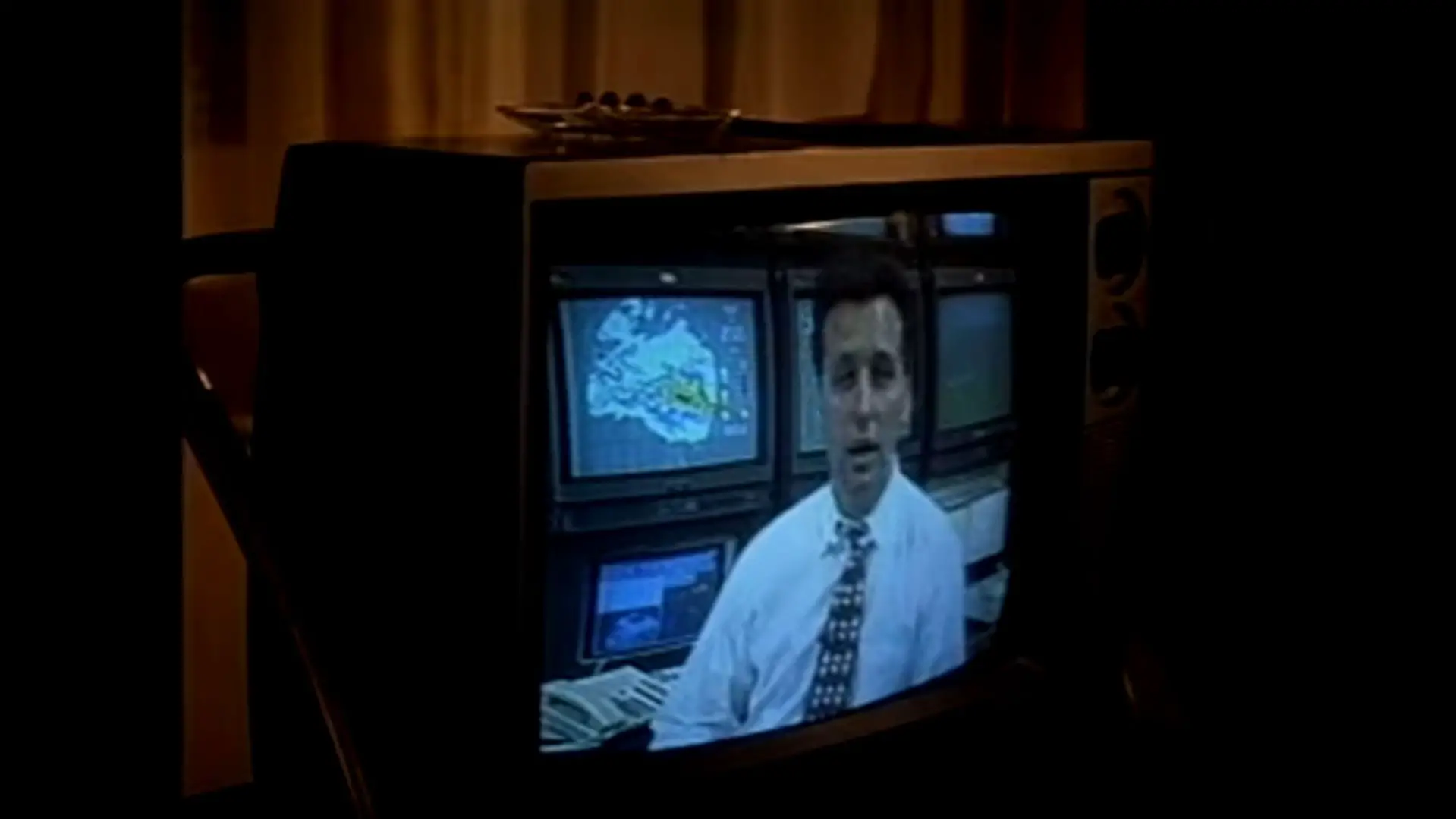
Twister
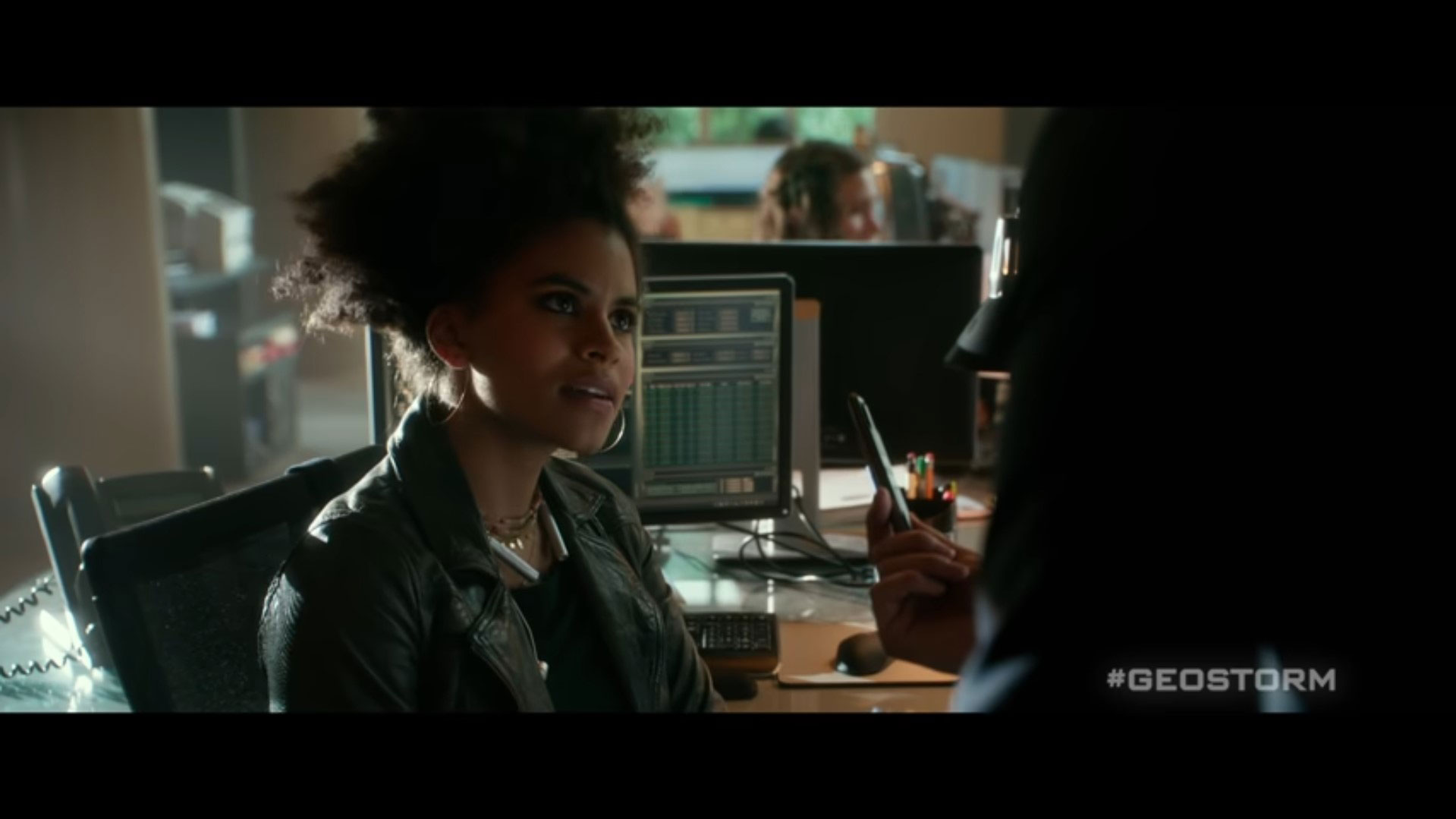
Geostorm

San Andreas

The Perfect Storm

Moonfall

Don’t Look Up

The Day After Tomorrow
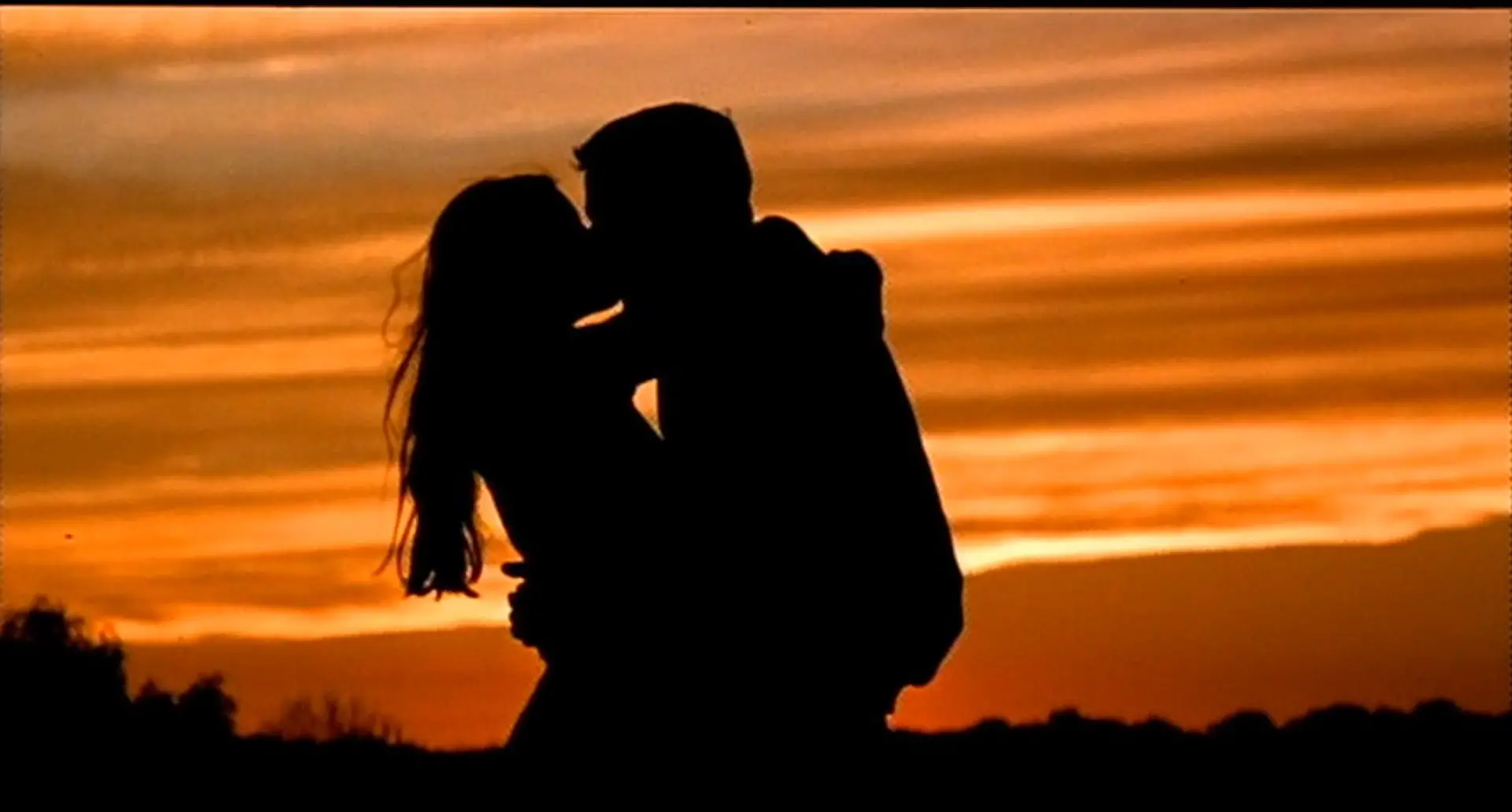
Armageddon

2012
